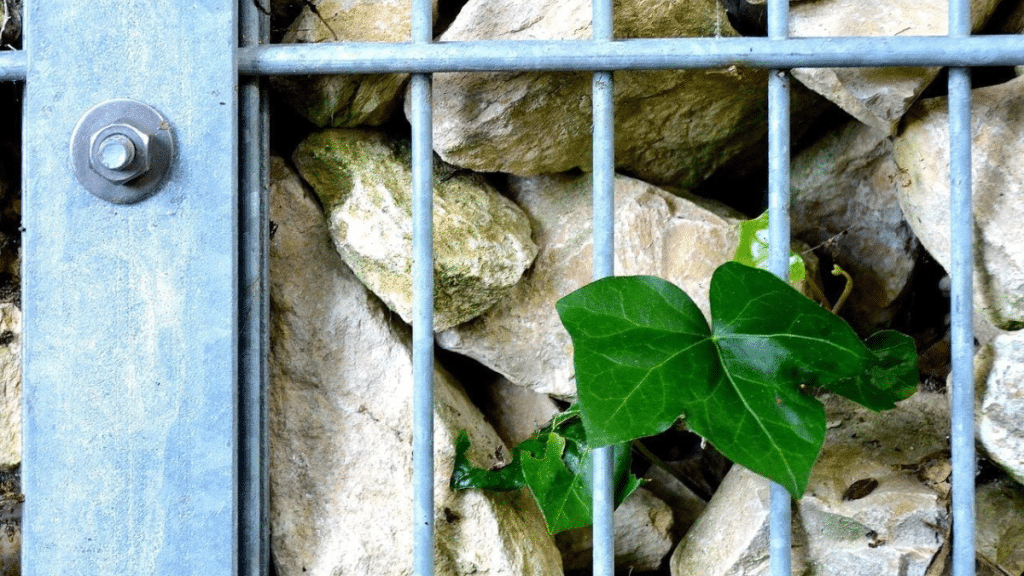Cage wall solutions provide a striking range of environmental advantages over conventional building and landscaping techniques often using gabion constructions filled with natural materials like pebbles and stones. Their design and composition help in many different ways contribute to ecological sustainability from erosion control and retaining walls to landscaping and architectural details. Adopting cage wall solutions will help us to reduce our environmental impact and provide visually beautiful buildings that complement the surroundings.
Supporting Habitat Creation and Biodiversity
The capacity of cage wall systems to foster biodiversity and provide habitats for different flora and animals is one major environmental benefit. Rocks and stones, among other natural fill materials, provide nooks and areas for tiny animals, insects, and even certain bird species could find cover and nesting locations.
Vegetation may naturally grow inside the holes in the rock fill over time, therefore boosting habitat formation and sustaining local ecosystems. This cage wall contrasts with solid, impermeable buildings like concrete barriers, which might even disturb natural animal pathways and provide little to no chances for habitat formation.
Encouraging Natural Water Drainage to Lower Runoff
Natural water drainage made possible by the porous character of cage wall constructions provides several environmental advantages.
Gabion walls let water pass through the rock fill and into the ground, unlike solid walls that could restrict water flow and boost surface runoff. This helps to lessen the load on stormwater management systems, restore groundwater supplies, and lower soil erosion brought on by too strong runoff.
A typical problem with impermeable barriers, better drainage also helps to maintain the integrity of the wall itself by avoiding hydrostatic pressure accumulation behind the construction.
Making Use of Sustainable Materials Found Locally
Cage wall solutions make use of locally obtained natural materials, including stones and boulders taken from adjacent areas. This reduces carbon emissions and supports local businesses by reducing the environmental effect of material transportation across great distances.
Certain uses allow even recycled concrete or other building waste to be utilized as fill, therefore supporting ideas of the circular economy and waste reduction. Cage wall solutions are a more sustainable option than materials with greater embodied energy and transportation footprints as they focus on locally obtained and recycled resources.
Reducing Land Disturbance and Harmonizing with Natural Scenery
The building of cage wall solutions frequently requires less substantial land disturbance compared to standard techniques like poured concrete barriers. By customizing gabion structures to fit current topography, one reduces the need for extensive landscape sculpting and excavation.
Their natural look, particularly when combined with locally obtained stones, lets them fit the surroundings more easily. This harmonic integration lessens the visual impact often linked with more artificial-looking buildings and helps to retain the natural nature of the environment.
Providing lowered replacement requirements and long-term durability
The strong design of cage wall solutions guarantees long-term durability and less need for regular upgrades. Appropriately placed gabion buildings may resist erosion, endure severe storms, and preserve structural integrity for decades. This lifetime reduces the environmental effect of the recurring production, delivery, and installation of new materials that could be needed for less durable buildings.
Long-term investments in durable cage wall solutions will help us to minimize waste and resource consumption, therefore supporting a more sustainable built environment.
Accepting the inherent environmental benefits of cage wall solutions will help us design strong, practical, and visually beautiful outdoor areas that complement the surroundings and therefore support a more sustainable and resilient future.
